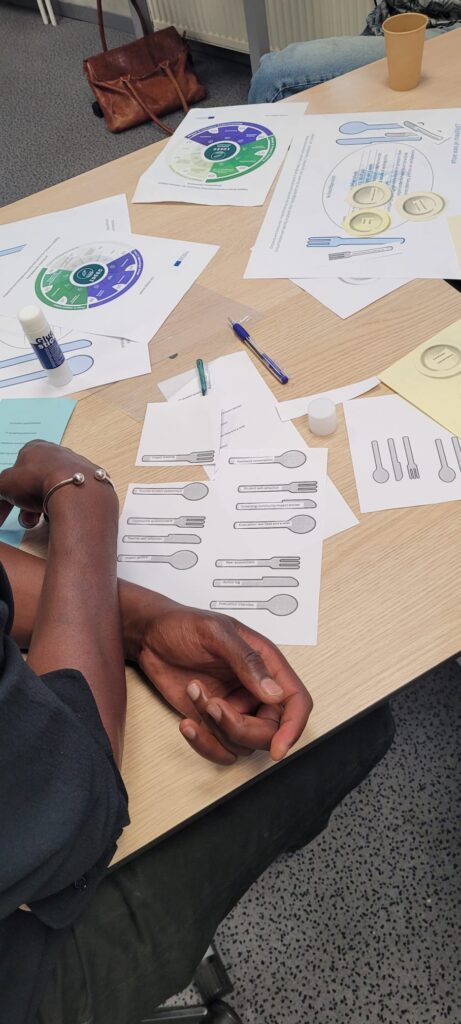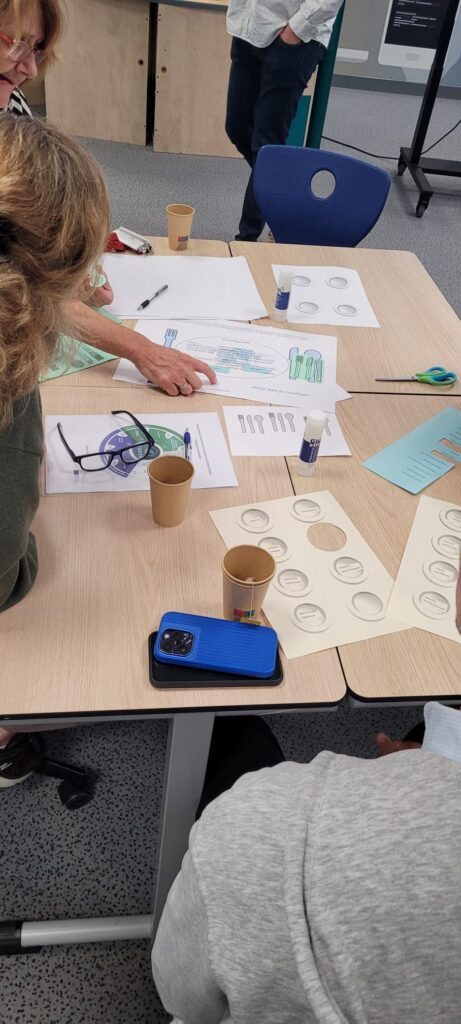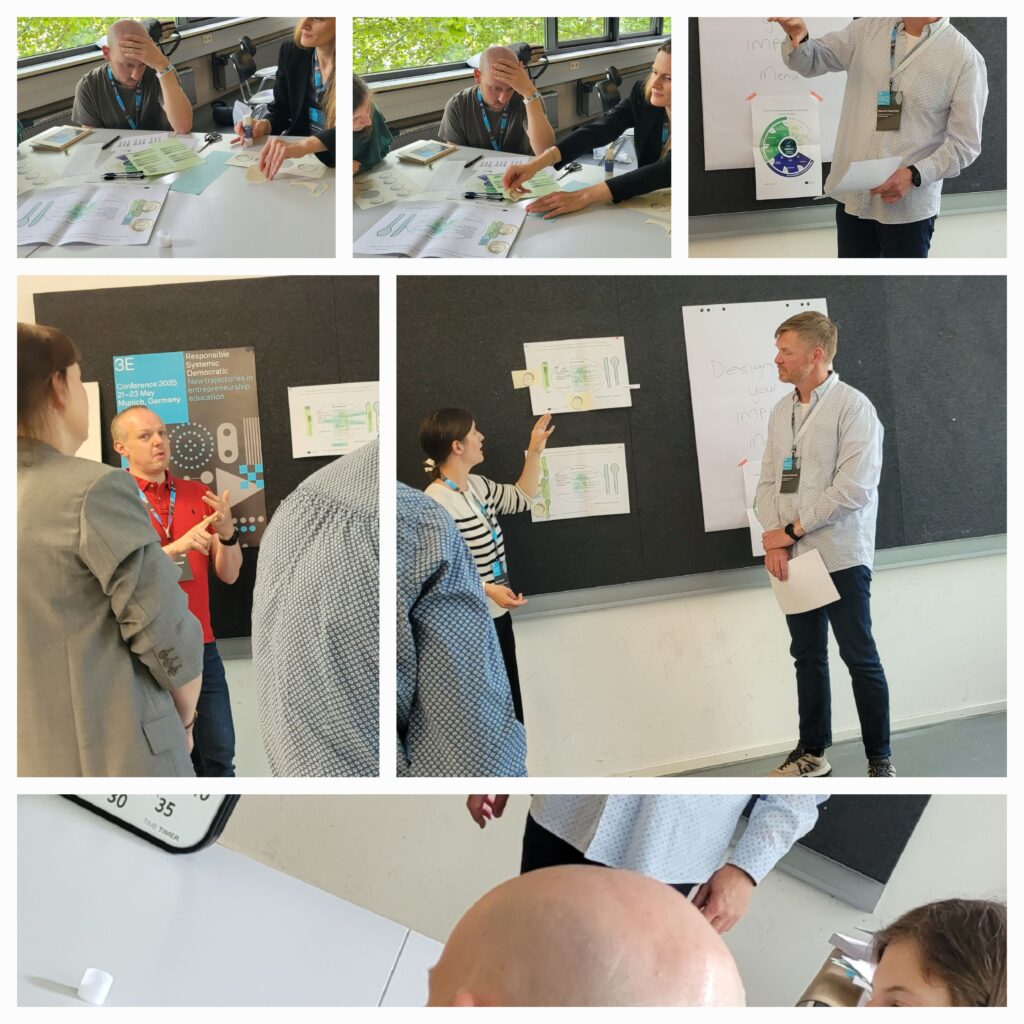Impact
What difference do we make? Simple Impact Measurement
Understanding and Measuring Impact in the IDEEC Project
IDEEC is about more than teaching entrepreneurship — it’s about making a real difference in the lives of learners, their schools, and their communities. This difference is what we call impact.
But how do we know we’re making a difference? That’s where impact measurement comes in. And it doesn’t have to be complicated. Whether you’re a primary school teacher or working with teens, there are simple ways to measure what’s changed because of your lessons.
Why Impact Measurement Matters for Teachers
Impact isn’t just about numbers — it’s about growth:
- Are your students more confident solving problems?
- Did they develop new ideas to help others?
- Are they thinking more about sustainability or fairness?
- Did something shift in how they act or collaborate?
By measuring these changes, teachers can see what worked, improve what didn’t, and show the value of what they’re doing in class.
- Impact Question for Challenge Framing: Which challenges / problems matter most to us?
- Impact Question for Solutions Experimenting: How can we solve the challenge with creative solutions?
- Impact Question for Impact Making: What difference did we make? Did we also change (learn/grow)?
We have developed a set of free tools for reflection, assessment and impact measurement.
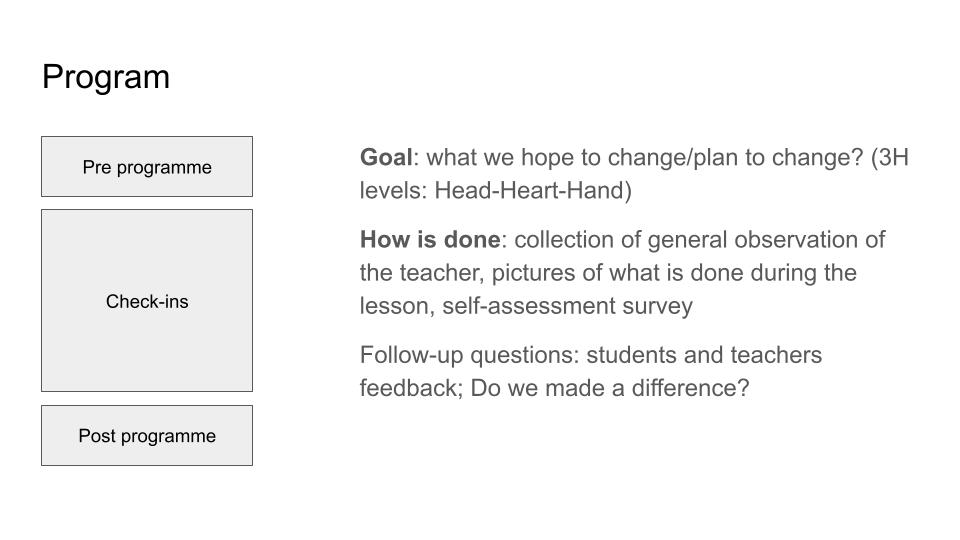
Steps:
Step 1: Add a post-programme evaluation after your lesson series. Impact survey
Step 2: Measure impact of the three phases, use the free downloadable spreadsheet and add or delete questions.
Step 3: Plan what impact you want to make. Add a pre assessment to your post and phase impact measurement. Impact survey
Final question: Did you make a real difference? Share a gallery walk for impact, or community impact event.
Policy for impact entrepreneurship
Empowering Future Changemakers: Advancing Impact-driven Entrepreneurship Education for Youth – What can you do as a policy maker? Here are our key recommendations:
The policy reports for the IDEEC project provide actionable recommendations for policymakers, school leaders, and teachers. Policymakers are encouraged to integrate social entrepreneurship into the national curriculum, invest in teacher professional development, and provide resources and incentives to support schools in implementing entrepreneurship education. School leaders are advised to prioritize social entrepreneurship within their school vision, allocate resources for teacher training, and foster a culture of innovation.Teachers are urged to incorporate social entrepreneurship into existing subjects, adopt active learning strategies like project-based learning and design thinking, and leverage available resources such as the IDEEC framework. By following these recommendations, each country can create an educational environment that nurtures the next generation of socially responsible innovators, empowering students to become empathetic, creative entrepreneurs equipped to contribute to a more sustainable and equitable future.
Dive into our policy brief developed through in-depth research and analysis across IDEEC partner countries. The document provides actionable recommendations for policymakers to promote impact-driven entrepreneurship education. It explores how social entrepreneurship is supported at both EU and international levels, highlights good practices from partner countries, and offers adaptable strategies to foster impact-driven EE through cross-sector collaboration and innovative partnerships.
Click the button to download the IDEEC policy document
- Activate school leaders by involving them in networks and events that promote entrepreneurship education, making them drivers of change within schools
- Promote experimentation with small-scale pilot projects that engage local actors and can be scaled and adapted across contexts
- Guide schools towards existing opportunities, such as national and international programs, fairs, and initiatives that foster an entrepreneurial mindset
- Provide teacher training, equipping teachers and educators with innovative, challenge-based teaching methods and tools tailored to social entrepreneurship
- Embed impact-driven entrepreneurship in policies, recognizing its role in shaping active citizens and promoting sustainable development.
- Encourage cross-sector partnerships, connecting public institutions, private actors, and civil society to co-create impactful educational pathways
Country comparisons: impact entrepreneurship
What does the landscape look like in 2025, in the country ecosystem, for possible support of social and sustainable entrepreneurship education, for children aged 9-15 years? Let’s compare contexts:
Global Best Practices – click on the country to download the detailed country report on impact entrepreneurship
- Scotland’s Learning for Sustainability and Social Enterprise Schools programs.
- Italy’s B Corp partnerships in Civic Education.
- Australia’s Future Anything and Young Change Agents model and alignment with cross-curricular capabilities.
- Netherlands’ city-based initiatives tied to youth participation and local sustainability agendas.
- Spain’s regional policy leadership (e.g. Extremadura and Cantabria) embedding transversal entrepreneurial skills.
Scotland presents a promising ecosystem for impact-driven entrepreneurship education, supported by a rich array of national frameworks and non-formal programmes. However, the integration of social entrepreneurship into the core curriculum remains limited. The IDEEC framework offers strong potential to bridge this gap by aligning with Scotland’s commitment to learner agency, sustainability, and social justice.
Spain has established a solid foundation for entrepreneurship education, bolstered by alignment with EU frameworks such as EntreComp and GreenComp. However, current efforts often lack coherence, with limited teacher preparation, insufficient resources, and few scalable models for impact-driven entrepreneurship in basic education. Currently, social entrepreneurship is not explicitly defined or taught as a standalone subject in the national school curriculum for ages 9–15. However, its core principles—such as social responsibility, sustainability, and innovation—can be introduced through various cross-curricular subjects and projects.
The Netherlands demonstrates momentum in advancing social and sustainable entrepreneurship education for learners aged 9–15, driven primarily by strong municipal leadership, vibrant non-formal learning ecosystems, and cross-sector partnerships. Amsterdam, in particular, stands out as a national frontrunner—supporting programmes across primary, secondary, and vocational education levels, and investing in long-term initiatives such as the FAWAKA school of Entrepreneurship , RIF Impact Economy, and the Impact Education Congress 2025. These efforts underscore the city’s commitment to embedding impact entrepreneurship into the learning trajectory of young people. More work is needed for teacher use and wider and consistent policy uptake.
In Italy, where youth unemployment remains among the highest in the EU (especially in southern regions), social entrepreneurship education offers young people pathways to create meaningful, locally grounded solutions to community problems. It fosters a mindset of agency and responsibility, equipping learners not only to access jobs but also to generate social value through self-employment and cooperative ventures. By embedding social entrepreneurship education into the education opportunities for Italy, this supports regional development by encouraging young people to remain and invest in their communities, contributing to inclusive economic growth and reducing the North–South divide. This IDEEC report identifies gaps and opportunities in teacher training, curriculum resources, and policy support for social entrepreneurship education in schools. Recommendations include integrating social entrepreneurship into the Italian curriculum, providing targeted professional development for teachers, and fostering partnerships between schools and local social enterprise organizations.
Australia also does not have a specific subject dedicated to “social entrepreneurship” for students aged 9-15. Instead, concepts related to entrepreneurship are integrated into various learning areas within the curriculum of each state and territory. These curricula are based on the national Australian Curriculum but are adapted to meet local educational needs. . Key gaps identified in the report include the absence of a formalized subject or dedicated time for social entrepreneurship, inconsistent implementation across states and territories, limited teacher training, and unequal access to resources. However, the report also highlights significant strengths within the Australian educational ecosystem, including a robust national curriculum framework that emphasizes general capabilities like critical thinking, creativity, and ethical understanding, as well as a growing culture of project-based learning and a vibrant network of organizations supporting youth entrepreneurship.
Country comparison for impact entrepreneurship in schools
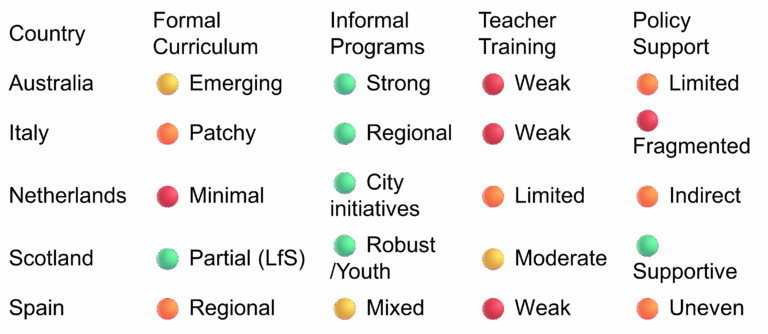
Proudly powered by WordPress

